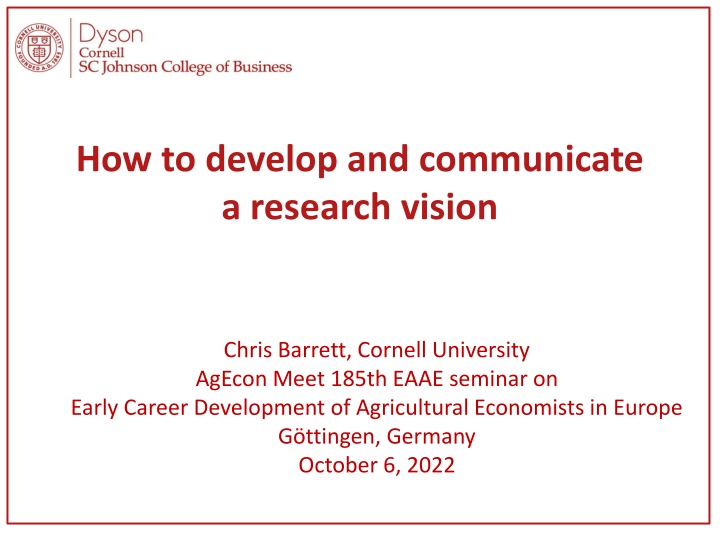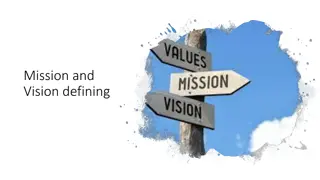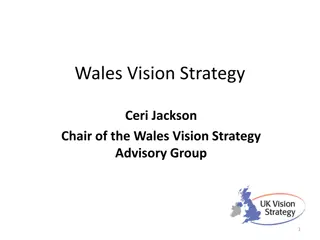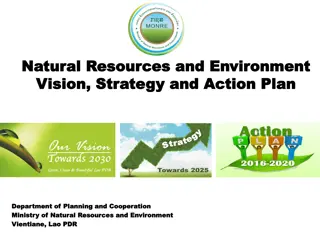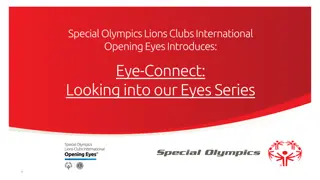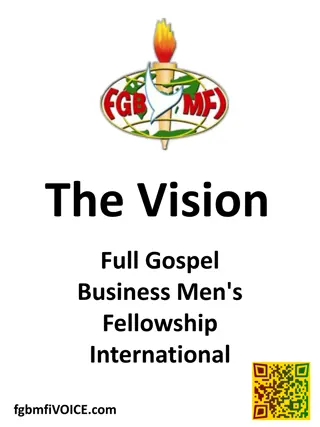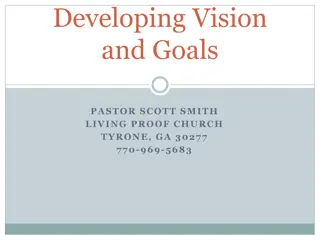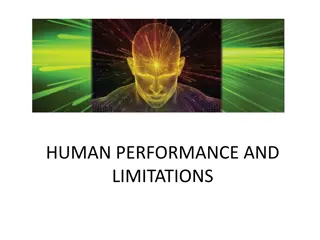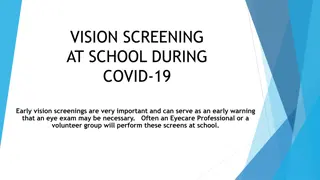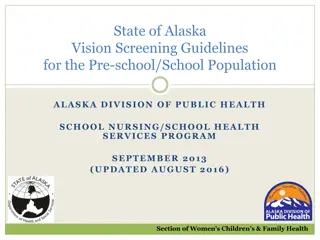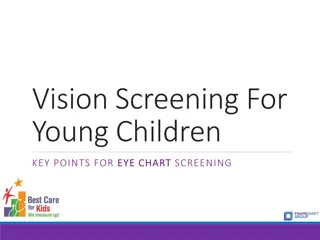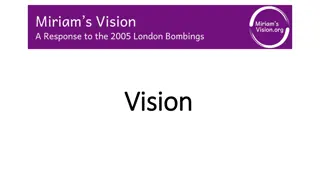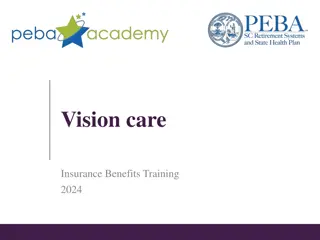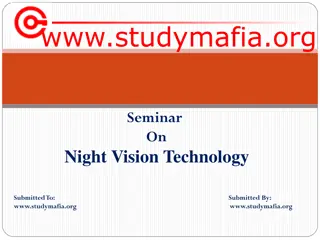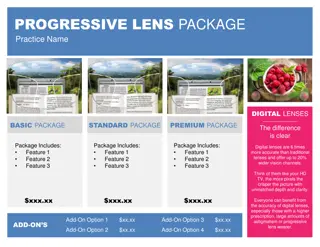Developing Research Vision for Impact
Define your research vision by identifying your passion, potential impact, and comparative advantage. Learn how to apply stochastic dynamic programming and strategically tackle research components to form a cohesive program. Keep your research statement concise and up-to-date for effective communication.
Uploaded on Mar 01, 2025 | 0 Views
Download Presentation

Please find below an Image/Link to download the presentation.
The content on the website is provided AS IS for your information and personal use only. It may not be sold, licensed, or shared on other websites without obtaining consent from the author.If you encounter any issues during the download, it is possible that the publisher has removed the file from their server.
You are allowed to download the files provided on this website for personal or commercial use, subject to the condition that they are used lawfully. All files are the property of their respective owners.
The content on the website is provided AS IS for your information and personal use only. It may not be sold, licensed, or shared on other websites without obtaining consent from the author.
E N D
Presentation Transcript
How to develop and communicate a research vision Chris Barrett, Cornell University AgEcon Meet 185th EAAE seminar on Early Career Development of Agricultural Economists in Europe G ttingen, Germany October 6, 2022
What is a research vision? 3 core questions to keep asking yourself. This never ends. 1. What is your passion? Life s short. Do research that excites you. 2. Where can you make an impact? Research is hard. And we re all deeply privileged. Make sure your efforts pay off for others. 3. What s your comparative advantage? Specialize and/or collaborate, as appropriate to your individual circumstances. The answers to those three questions define your research vision.
Then what? Stochastic dynamic programming!!! Once you answer those three questions, recognize that Research management is a stochastic DP: Use backward induction (you knew there was some reason you took macro! ) - Where do you want to be post-promotion to Full Professor? - Know the difference between the control and state variables - Be prepared to adapt to stochastic events. - Understand the time lags between inputs and payoffs - Is there a natural sequence or simultaneity to actions?
A research program is like a jigsaw puzzle Start with your research vision, simply described Image: wikihow.com Mine: help reduce unnecessary human suffering Lucie Maruejols: Implications of energy transition for the food sector and rural communities AWESOME!
A research program is like a jigsaw puzzle Tackle pieces strategically (e.g., define boundaries, make obvious connections right away, don t sweat temporary blank spaces) Image: wikihow.com It may not be obvious to others what the broader vision is. So explain how pieces fit together in general, simple terms. Then provide more detail on how specific papers/projects fit into the big picture.
The research statement Just like your cv Update regularly. Always have a current research statement. Provide a brief summary of the most important takeaways first. Then go into the details. You don t need to fit in absolutely everything you ever did. Make it easy to read enough white space, big enough font, etc. Pay careful attention to details sloppiness in small, obvious things suggests there s sloppiness in bigger, less obvious ones
A research program is like a jigsaw puzzle It s often most fun to do puzzles with others Image: CNBC.com Ultimately, you frame and keep some puzzles, give others away. Done right, the process means as much as the product.
I hope this is helpful. Enjoy the process of reflecting on, pursuing and regularly adapting your research vision
